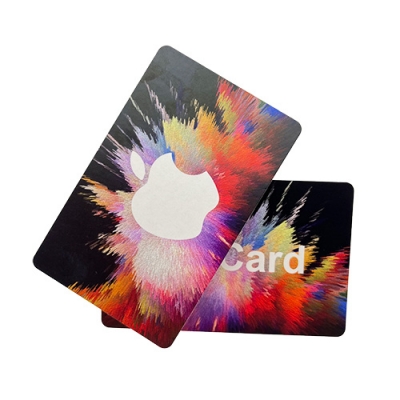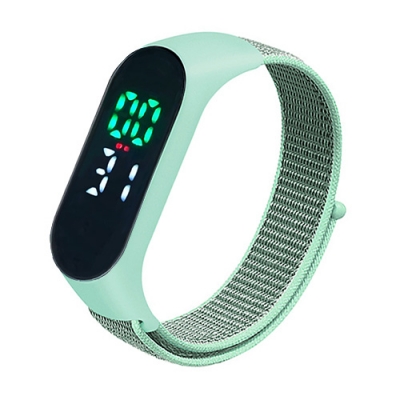Barcodes and RFID labels can both be used for a wide range of applications such as inventory management and auditing, but why should you switch from a barcode to an RFID label, and what makes RFID a better option?
Besides being able to monitor and safeguard your production processes which is becoming more essential for businesses, RFID can provide businesses with a long list of advantages pushing the switch from barcode.
Speed
Multiple RFID labels can be read at the same time in a given area which can result in faster auditing. In contrast, barcodes can only be read one at a time. For example, if 40 items were in a cart, the cart would have to be at a standstill when being read and each item would have to be scanned individually which is time consuming and therefore costly. In contrast, several hundreds of RFID labels can be read within seconds, meaning the number of employees counting inventory items can be reduced as not only are fixed readers ablepick up the labels, but if an employee was to scan the items, they could scan entire boxes within seconds.
Readability
RFID labels can be read from a greater distance than barcodes, anywhere between zero to 100 feet away. No line of sight is required to read the label either, whereas, barcodes must be in the line of sight and within inches of the reader with no interference. The orientation of the RFID label is also inconsequential as the reader would still be able to pick up the antenna if the label was upside down or facing the wrong direction.
Secure
Whereas barcodes are easily replicable because the imagery can be copied, RFID labels are more difficult to forge. The data within them is encrypted making them more secure. This means that they can be used to help protect brands and verify the authenticity of an item.
Durability
RFID labels are much more durable than barcodes. If the image of a barcode is tampered with, the barcode will not be picked up by the reader, whereas due to the RFID label being embedded within the item, the antenna remains undamaged and therefore lasts a lot longer.
Automation
Using RFID labels means that processes such as recording asset movements or monitoring stock levels can easily be automated by using fixed readers, which detect the presence or movement of items in real-time. This saves valuable resources and significantly improves the accuracy of data by eliminating manual scanning processes which are often error prone. Access to real-time data enables organisations to react quickly to stock or asset shortages.














